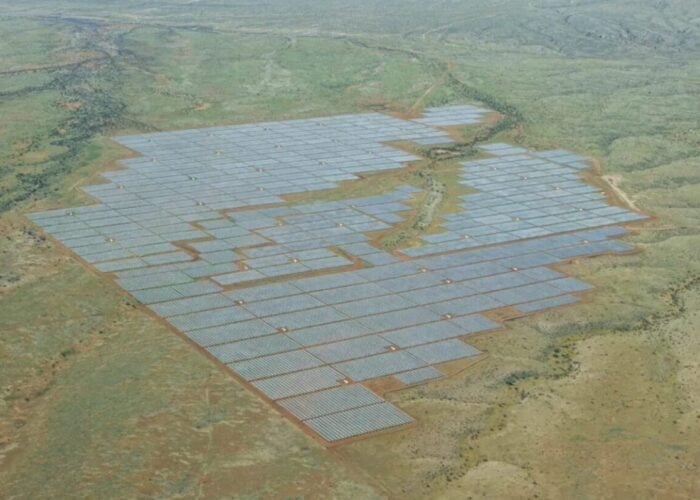Saudi Arabia will put 700-1000MW of solar power out to tender by the end of the year, according to Vahid Fotuhi, president of the Middle East Solar Industry Association (MESIA).
The country has long-term ambitions to invest more than US$109 billion in solar energy but scepticism has been building with little tangible progress being made for outside observers to see.
Unlock unlimited access for 12 whole months of distinctive global analysis
Photovoltaics International is now included.
- Regular insight and analysis of the industry’s biggest developments
- In-depth interviews with the industry’s leading figures
- Unlimited digital access to the PV Tech Power journal catalogue
- Unlimited digital access to the Photovoltaics International journal catalogue
- Access to more than 1,000 technical papers
- Discounts on Solar Media’s portfolio of events, in-person and virtual
“They [the Saudi government] want to come out with something this year,” Fotuhi told PV Tech. “If everything holds, then we will have the introductory round of projects unveiled by the end of the year. This will be roughly 1000MW, between 700-1000MW. They are targeting 40-42GW, 1GW is not that big in the grand scheme of things,” he said.
“They are in the process of screening technical advisors who are going to help them put together the blueprints for these commercial contracts and also train the local Saudis on how to oversee and implement these projects including the tendering. That’s going on now,” he added.
“This will instil a lot of excitement and a lot of confidence. People will see this is just the first step and once it is announced, within short order, they’ll see other project unveiled and the momentum will build as they get traction. This is the beginning of a very exciting chapter for the Middle East and especially for Saudi Arabia,” he added.
Fotuhi was speaking on the sidelines of the Solar PV Investment & Financing EMEA event organised by PV Tech’s publisher, Solar Media.
Addressing delegates at the event, Finlay Colville, vice president of analysts NPD Solarbuzz warned that the ambitions of some emerging markets could be tempered by a dearth of available modules.
“The market is going to be supply driven, that means we have to look at how much the manufacturers are going to produce this year. That figure is likely to be 50GW. If the industry could produce 60GW it would find a way to deploy it,” said Colville.
“Once an industry is supply limited, the manufacturers and developers can decide to go where they want. If they see a country with barriers to entry they just won’t go there. If the Chinese manufacturers can install everything in China with no competition, they are not going to go to the Middle East.
“It’s our job to strip away all the promises and hype and put it in context. When you are tracking the solar market you have to be very sceptical,” added Colville.
PV manufacturer SunEdison is making progress with a US$6.4 billion manufacturing plant in Saudi Arabia that would go some way to allaying these concerns over supply to the Middle East market and could demonstrate a longer-term commitment to the region.
Last year it was also announced that toolmaker Eurotron would supply a module production line to a facility in Qatar.
Finton Whelan, co-founder and corporate finance director of Irish developer Mainstream Renewable Power, said that while the company was active in Jordan, it considered Saudi Arabia a work in progress.
“I don’t know how people have drawn reserves of patience with Saudi Arabia, ‘it’s coming, it’s coming, it’s coming’. [John Maynard] Keynes said ‘markets can stay irrational longer than investors can stay solvent’. You have to factor in, yes there’s lots of sun there, but not for next year’s bonus,” he said.






